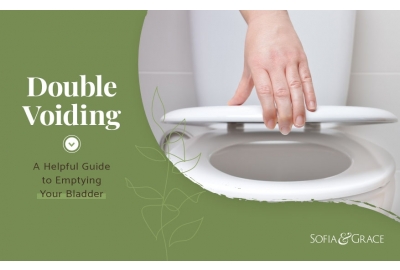
Double Voiding: A Helpful Guide to Emptying Your Bladder

Feel like you never fully empty your bladder? Do you always need to urinate a little bit, no matter how many times you go? Double voiding can help you more fully empty your bladder, cutting down on bathroom trips and improving your overall bladder health. Read on to discover what double voiding is and how to do it, plus more tips for managing incontinence.
What Is Double Voiding?
Double voiding is a technique that involves emptying the bladder twice during a single visit to the toilet. When you practice double voiding, you urinate, wait 15-45 seconds, and then urinate again. Double voiding can cut down on the urge to urinate frequently, as well as bladder leakage that results from excess urine trickling out of the bladder.
To practice double voiding, sit comfortably on the toilet and lean slightly forward. To optimize the position for urinating, rest your hands on your knees or thighs. Urinate as usual, trying to empty the bladder as much as possible. Once you think you are finished, wait a little while — between 15-45 seconds — and then lean a bit more forward and urinate again. Some people also prefer to walk around for a few seconds before returning to the toilet. However, this can be difficult to do in smaller bathrooms, especially public bathrooms stalls, so in some cases, you might not have a choice except to sit.
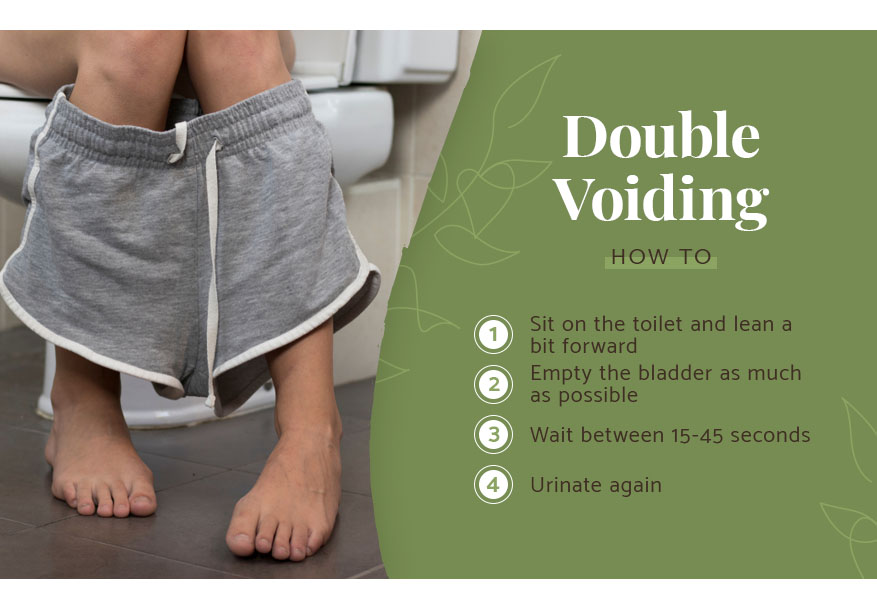
Read Our Bladder Leakage Handbook Here
Why Is Fully Emptying Your Bladder Important?
You may wonder why it’s such a big deal to fully empty your bladder. First of all, not fully emptying your bladder can lead to both urge incontinence and bladder leakage. This can negatively impact your quality of life and your self-esteem.
Never fully emptying your bladder can also cause it to stretch out over time, further weakening it and causing incontinence problems. When you don’t completely void your bladder, it doesn’t “snap back” into place as it is supposed to, which can cause the walls of the bladder to become stretched out.
Leaving urine in the bladder can also increase your risk of developing a urinary tract infection (UTI), cystitis, and other inflammatory bladder conditions. These conditions can worsen incontinence and cause other bladder issues as well. If left untreated, UTIs can even lead to bladder scarring and kidney damage, which is why it’s important to empty your bladder as much as possible.
Other Techniques to Fully Empty Your Bladder
There are other tips and tricks you can try besides double voiding when you are on the toilet. For example, try not to hover over the toilet when you urinate. Instead, plant your feet fully on the floor and your butt firmly on the seat. This will help you relax your bladder muscles and urinate easily. Since urinating requires the releasing of the bladder muscles, you don’t want to be trying to contract muscles at the same time. You should also make sure not to strain your muscles when double voiding or urinating regularly, as this can worsen your bladder control and make incontinence worse.
If you find that you cannot pass more urine by simply waiting it out, then try rocking side to side to improve bladder emptying (do not try this if you don’t have a well-balanced seat, as you might tip over). This move can help “shake out” the excess urine and stimulate the bladder to fully void itself.
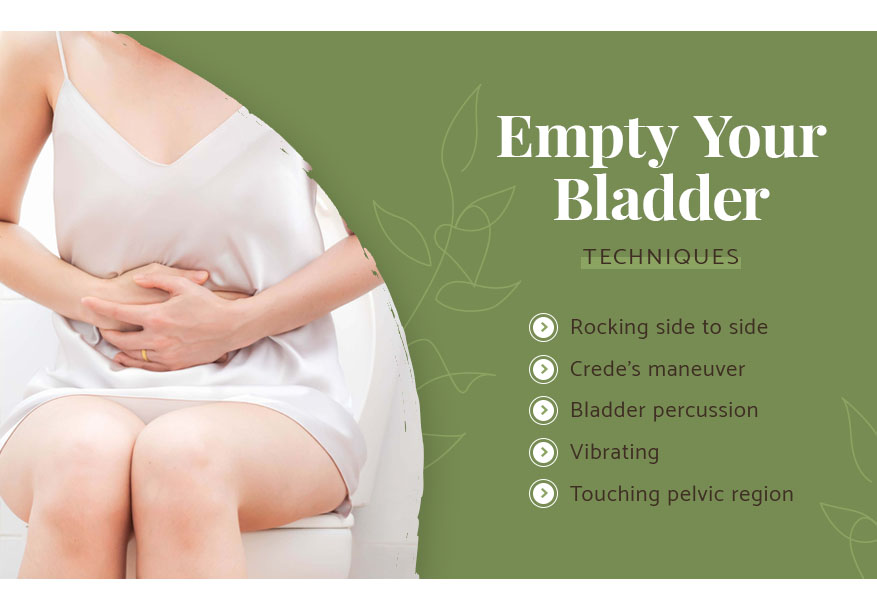
Some people also find it helpful to use Crede’s maneuver, a method that was originally created to help people who are experiencing nerve damage to fully void their bladders. To practice this maneuver, place a hand just above your pubic bone and press slightly inward as you begin urinating. Keep pushing toward the bladder as you continue to urinate to increase the amount of urine expelled from the bladder.
You can also try a technique known as bladder percussion, which involves tapping the bladder with slight pressure. This stimulates contractions that will help pass urine. Be sure to keep tapping for a few seconds even after you think the bladder is fully emptied.
Similar to the percussion technique is the vibrating technique, which involves holding a vibrating device on the lower abdomen. Just like the tapping, this percussion stimulates the contractions that help the bladder empty fully.
Some people also find that touching certain areas around the pelvic region can also stimulate these contractions — for instance, pulling on the pubic hairs or massaging the lower stomach and inner thighs.
Finally, remember that the environment plays a huge role in how much you can void your bladder. If you are stressed and in a rush, or trying to use a noisy and crowded bathroom, this can impact your ability to double void. When you can, try to take your time when urinating for the best results.
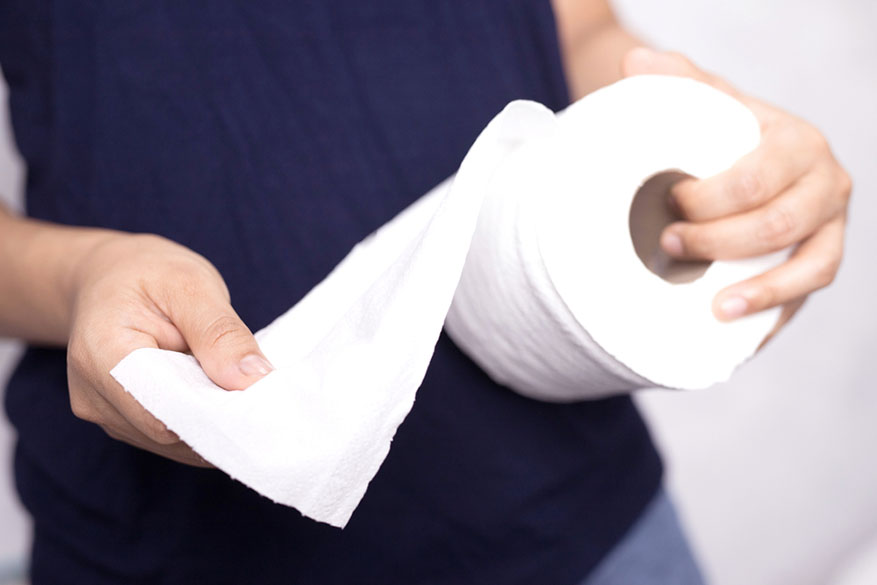
Causes of Frequent Urination
Not emptying your bladder fully can result in more frequent trips to the bathroom. Numerous other causes can contribute to frequent urination. For one, fluid intake has a direct correlation with how much you need to urinate.
To help you put how much you are drinking into perspective, the average adult human bladder holds about two cups of liquid, and most people need to empty it between four and 10 times a day. Slam an entire liter of water (4+ cups) and you will find yourself needing to use the bathroom very soon indeed.
Find Out What Is Considered Frequent Urination
Pregnancy is another cause of frequent urination, as the growing fetus puts extra pressure on the bladder. Symptoms often resolve after giving birth relieves the pressure. In men, an enlarged prostate can put pressure on the urethra, also triggering the urge to urinate frequently.
Frequent urination can sometimes be a symptom of diabetes, as your body might try to get rid of excess glucose through frequent urination. Another condition called interstitial cystitis also features frequent urination as a symptom. Stroke and other neurological conditions that might impair the function of the urinary nerves may trigger frequent urination as a side effect. Hypercalcemia, aka elevated blood calcium levels, also includes frequent urination as a symptom.
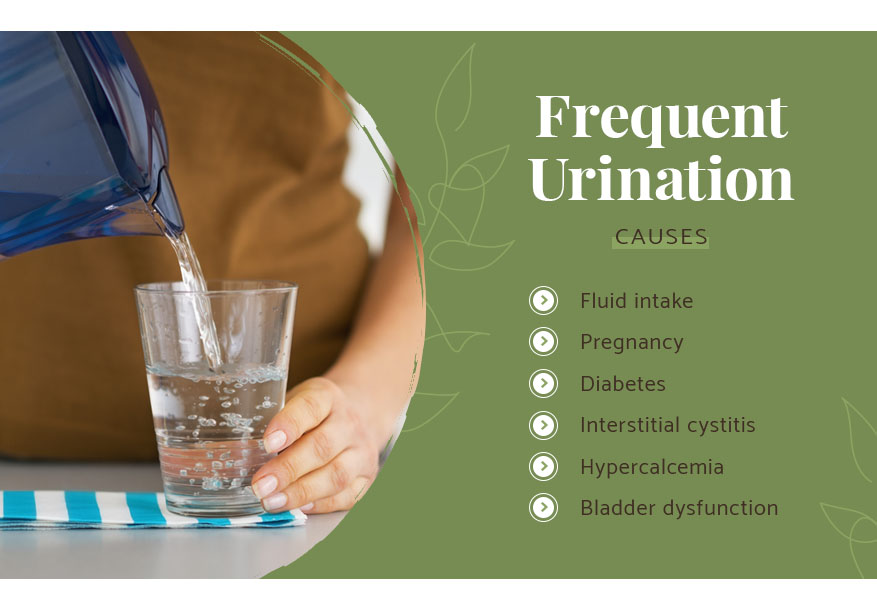
Finally, there are other rarer conditions that may cause frequent urination, including bladder cancer, ovarian cancer, bladder dysfunction, and pelvic organ prolapse. However, in many cases, your frequent urination isn’t a symptom of another condition, but rather the health problem itself. Your doctor will work with you to eliminate possible causes and devise a course of treatment to address your incontinence, which may include double voiding.
Additional Tips for Managing Urinary Incontinence
Fully emptying your bladder isn’t the only strategy you can employ to manage your incontinence. If you suffer from bladder leakage, then using incontinence products for women can help keep you dry and comfortable while you wait for other lifestyle changes to take effect. You might also wish to take a clean change of clothes with you in your car, in case of emergency.
Shop All Bladder Control Products from Sofia & Grace
After this, the first thing you should examine is how many beverages you’re drinking daily. You shouldn’t let yourself become dehydrated, but you also shouldn’t consume excess fluids if you are experiencing incontinence. Aim for a happy medium where you stay hydrated, but don’t have to run to the bathroom all the time. Also, pay attention to the types of fluids you are drinking. Some of them, such as coffee, can irritate your bladder and trigger the urge to urinate more frequently.
You should also take steps to prevent or ease constipation. Being constipated can put even more pressure on your bladder, triggering the urge to urinate and making it hard to fully void your bladder. Drinking enough water will help loosen your poops and promote defecating, which is another reason why you don’t want to become dehydrated. Eating enough fiber will help keep your digestive tract clear. If you’re really backed up, a laxative will help get you pooping again.
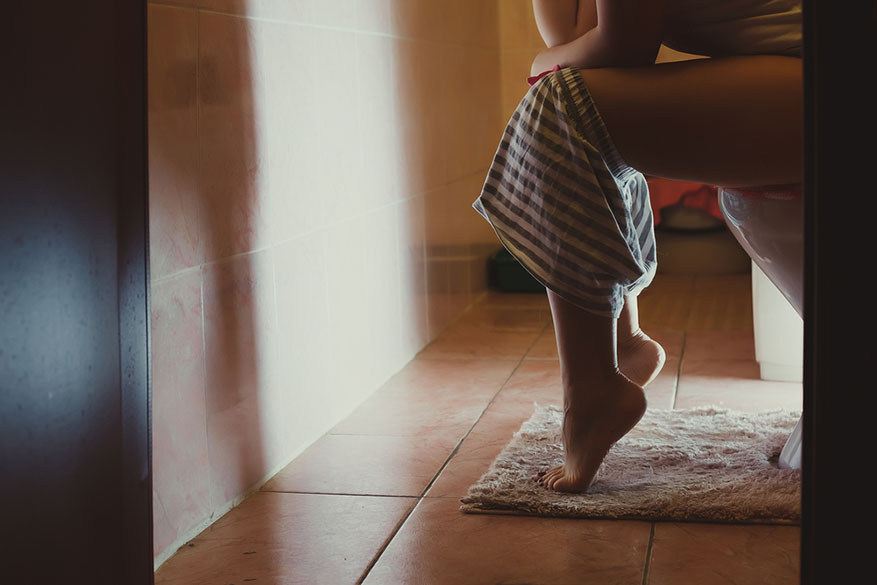
If you experience the uncontrollable urge to urinate, then you might benefit from bladder training. The technique involves either putting yourself on a schedule where you urinate at certain times of day, or waiting a certain amount of time in between bathroom stops, such as two hours. If your urges come much more frequently than that, then try waiting five minutes after the urge happens to use the bathroom. Gradually increase the length of your waiting time until you can urinate at a normal interval.
Learn Easy Bladder Training Tips Here
Following a bathroom schedule can also help if you experience bladder leakage without the urge to urinate. Going to the bathroom preemptively, even if you don’t feel like you need to, will help cut down on bladder leakage situations alongside double voiding.
Your doctor may also prescribe various pelvic floor exercises to help your incontinence. If you suffer from bladder leakage caused by weak pelvic muscles, then they will likely recommend that you practice Kegels, pelvic tilts, and other moves to strengthen those muscles. If you suffer from the opposite problem — overly tight pelvic muscles that result in spasms — then your doctor will probably advise that you practice pelvic floor relaxation instead.
Get Started With Pelvic Floor Exercises
Certain medications can help treat incomplete voiding and incontinence. Some common examples include oxybutynin (Ditropan), tolterodine (Detrol), trospium (Sanctura), and solifenacin (Vesicare). Each of these medications comes with their own side effects. Your doctor will discuss the pros and cons of each one with you. Be sure to disclose any other medications that you are taking so that your doctor can be aware of any possible drug interactions.
If you suffer from bladder spasms that resist other types of treatment, then your doctor may recommend that you get Botox injections on your bladder muscles. Botox blocks certain nerves, stopping the painful and involuntary muscle spasms and allowing your bladder to resume normal function.
In more extreme cases, your doctor may recommend more invasive treatments. Options include surgeries such as bladder neck suspension and bladder sling procedures, as well as implanting devices that provide electrical stimulation to weakened muscles. However, these procedures are considered a last resort option and are only used after all avenues have been exhausted.
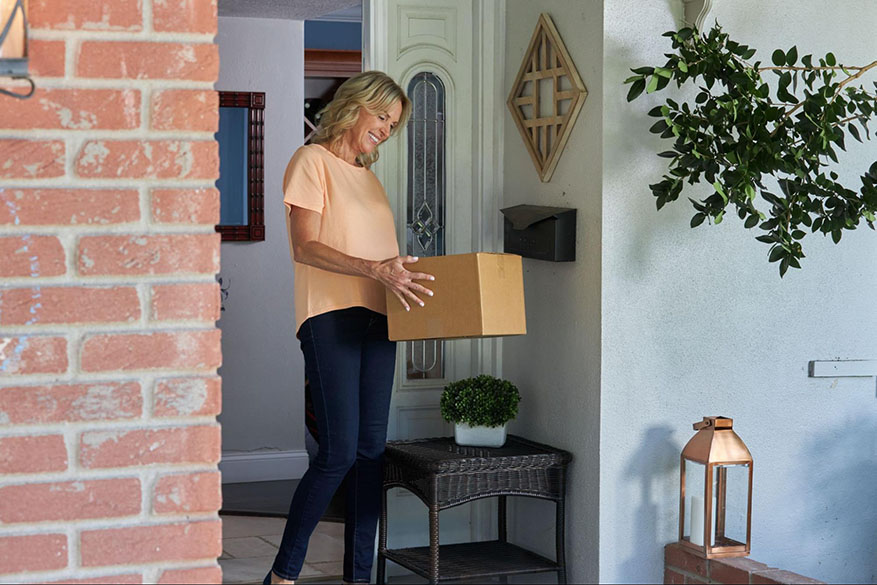
Keep in mind that plenty of people experience successful management of their incontinence and bladder leakage with noninvasive lifestyle management changes. It may take some time to see results, but you will get better over time if you stick with your new habits.
If you’re tired of buying your incontinence products at the grocery store, then try out Sofia & Grace. We ship everything right to your door in discreet, unmarked packaging so no one knows what you are getting. All U.S. orders over $40 ship free and fast for the ultimate convenience. We also provide a resource center and a private forum so that you can educate yourself and meet other women like you. Join the Sofia & Grace community today to get the support you need!
Image Credits
poom jung/Shutterstock.com
cunaplus/Shutterstock.com
SircPhoto/Shutterstock.com
ANN PATCHANAN/Shutterstock.com
Alliance Images/Shutterstock.com
SvetMedvedeva/Shutterstock.com